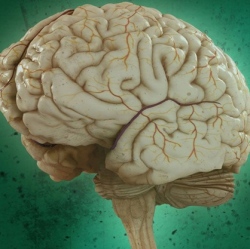
A new technique to magnetically deliver drug-carrying nanorods to deep targets in the body using fast-pulsed magnetic fields could transform the way deep-tissue tumors and other diseases are treated, say researchers at the University of Maryland (UMD) and Bethesda-based Weinberg Medical Physics.
Instead of surgery or systemically administered treatments (such as chemotherapy), the use of magnetic nanoparticles as drug carriers could potentially allow clinicians to use external magnets to focus therapy to the precise locations of a disease within a patient, such as inoperable deep tumors or sections of the brain that have been damaged by trauma, vascular, or degenerative diseases.
So for years, researchers have worked with magnetic nanoparticles loaded with drugs or genes to develop noninvasive techniques to direct therapies and diagnostics to targets in the body.
However, due to the physics of magnetic forces, particles otherwise unaided could only be attracted to a magnet, not concentrated into points distant from the magnet face. So in clinical trials, magnets held outside the body have only been able to concentrate treatment to targets at or just below the skin surface, the researchers say.
“What we have shown experimentally is that by exploiting the physics of nanorods we can use fast-pulsed magnetic fields to focus the particles to a deep target between the magnets,” said UMD Institute for Systems Research Professor Benjamin Shapiro.
